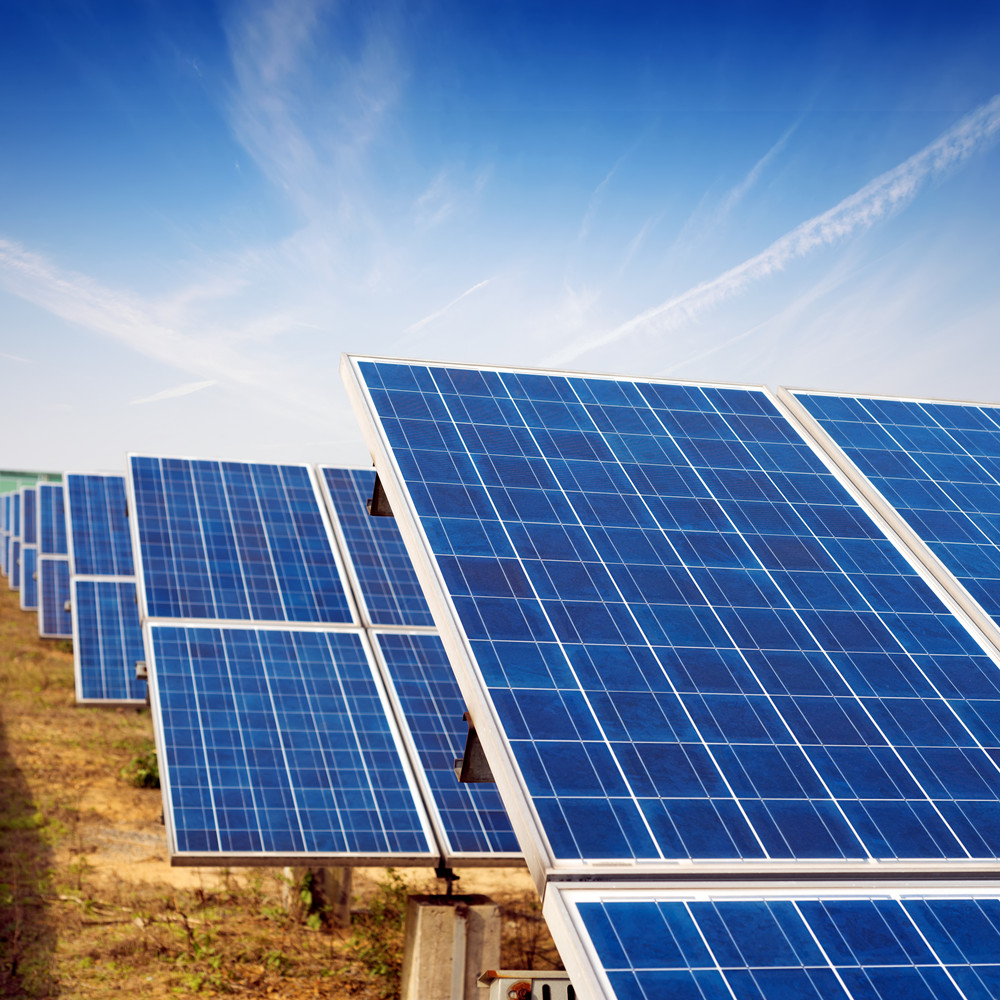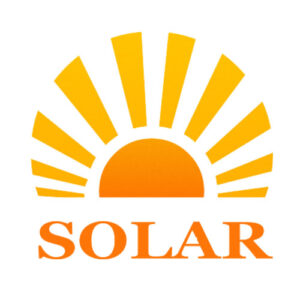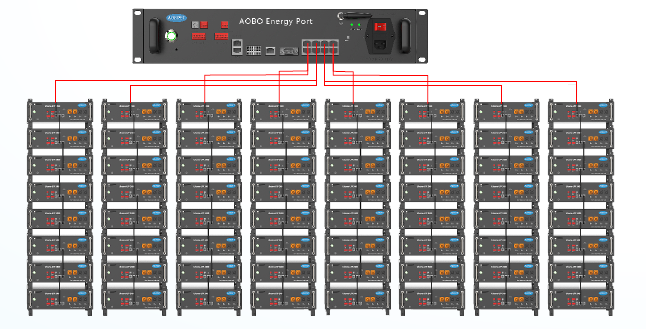It is facing a series of major challenges, the global economic development, the rapid population increase, the need to provide more food, housing and raw materials, so the demand for energy is also increasing. In the past 20 years, the world’s energy consumption has increased by 40%, of which more than 85% is based on fossil fuels. The burning of these fossil fuels produces a large amount of greenhouse gases, and the global CO2 emission alone exceeds 50 billion tons per year, and it is still expanding. The resulting acid rain causes soil degradation and harms flora and fauna. Global warming could have catastrophic consequences and decisive measures must be taken to reduce greenhouse gas emissions. Therefore, the control of environmental pollution has become a top priority. At the same time, the reserves of fossil fuels are limited. According to the ratio of the current proven reserves and development rates, the recoverable energy on earth is 40 years for oil, about 60 years for natural gas, and 200 years for coal. If no effective measures are taken, by the middle of this century, mankind will face a serious situation of depletion of fossil fuels.
In order to reduce air pollution, protect human ecological environment, and ensure long-term stable energy supply, we must implement sustainable development strategies, gradually change the existing energy structure, and vigorously develop and utilize new energy. This has become the consensus of all countries.
Among the new energy sources, it is recognized that the most technologically advanced and most promising is solar power generation. The following two types of solar power generation methods are introduced one by one.
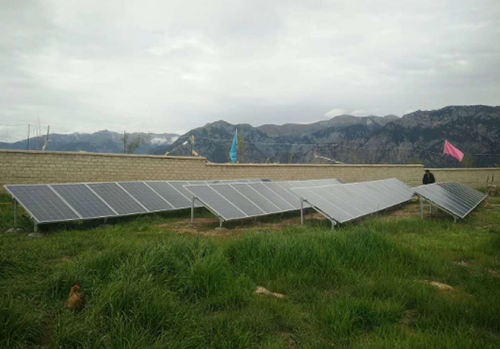
1. Types of solar power generation and its advantages
Solar power generation can be divided into two categories: solar thermal power generation and solar photovoltaic power generation.
1.1 Solar thermal power generation
The heat collecting part of the concentrating system is composed of a concentrator, a tracking locator, and an absorber, and different technologies often differ in this part; the transmission part is composed of pipes and media, and the medium is often air or water; the heat storage part To ensure the continuity of power generation, the medium is mostly molten salt. Concentrating systems can be divided into tower solar thermal power generation systems, trough solar thermal power generation systems and dish solar thermal power generation systems.
1.1.1 Tower solar thermal power generation system
Tower solar thermal power generation systems are also called concentrated solar thermal power generation systems. It uses heliostats to focus sunlight on the heat absorber of the central heat absorption tower, where the focused radiant energy is converted into heat energy, and then the heat energy is transferred to the working fluid of the thermodynamic cycle, and then drives the heat engine to do work and generate electricity.
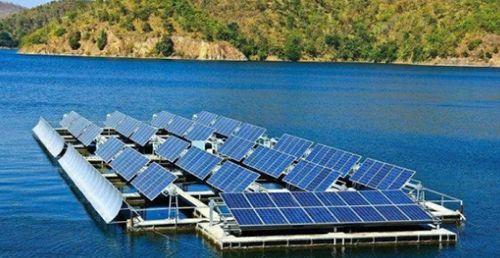
1.1.2 Trough solar thermal power generation system
The trough solar thermal power generation system is the abbreviation of the solar thermal power generation system that uses the trough parabolic reflector to condense light. Geometrically, the condenser mirror is a trough paraboloid formed by translating the parabola. It concentrates the sunlight on a line. A tubular collector is installed on this focal line to absorb the concentrated solar radiation. And many trough paraboloids are often connected in series and parallel to form a concentrating collector array. In this system, the hot oil circuit and the power steam circuit are separated, and heat is exchanged through a series of heat exchangers. When the solar energy supply is insufficient, an auxiliary heater is used to heat the heat transfer oil in the oil circuit, so as to realize the stable and continuous operation of the system.
1.1.3 Dish solar thermal power generation system
The dish-type solar thermal power generation system uses dual-axis tracking and rotating parabolic mirrors to collect incident solar radiation. The temperature of the condensing point is generally 500-1000 ° C. The heat sink washes this part of the radiant energy and converts it. It is converted into thermal energy, and the working medium is heated to drive a heat engine (such as a gas turbine, Stirling engine or other types of turbines), thereby converting thermal energy into electrical energy. The advantages of this method are: the highest conversion efficiency; modularization; hybrid power generation.
In addition to the above-mentioned concentrating solar thermal power generation methods, research in new fields such as solar cell power generation and solar tower thermal airflow power generation has also progressed.
1.2 Solar photovoltaic power generation
Solar photovoltaic power generation refers to a power generation method that directly converts light energy into electrical energy without a thermal process. It includes photovoltaic power generation, photochemical power generation, light induction power generation and photobiopower generation. Photovoltaic power generation is a direct power generation method that uses solar-grade semiconductor electronic devices to effectively absorb solar radiation energy and convert it into electrical energy. It is the mainstream of solar power generation. At present, the most widely used solar cells in the world are monocrystalline silicon solar cells, polycrystalline silicon solar cells, and thin film solar cells.
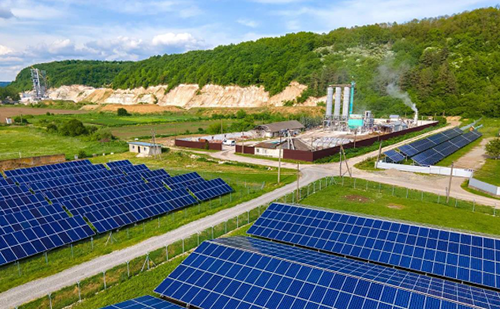
1.2.1 Monocrystalline silicon cells
Monocrystalline silicon cells are based on high-quality monocrystalline silicon materials and related processing techniques. It has the highest conversion efficiency and the most mature technology. The highest conversion efficiency in the laboratory was 23%, while the mass-produced monocrystalline silicon solar cells had an efficiency of 15%. One of the important reasons for the progress of silicon cells is the improvement of surface passivation technology. In addition, the improvement of inverted pyramid technology, double-layer anti-reflection film technology and light trapping theory is also the main reason for the development of high-crystalline silicon cells.
1.2.2 Polycrystalline silicon cells
Compared with monocrystalline silicon, polycrystalline silicon cells have unique advantages because they use far less silicon than monocrystalline silicon, and their cost is much lower than that of monocrystalline silicon cells. However, due to its obvious defects of grain interface and lattice dislocation, the photoelectric conversion rate of polycrystalline silicon cells has been unable to break through the 20% mark, which is lower than that of monocrystalline silicon cells.
1.2.3 Thin Film Solar Cells
Thin-film solar cell power generation is another form of photovoltaic power generation. Due to the constraints of raw materials, processing technology and manufacturing process, it is very difficult to greatly reduce the cost of monocrystalline silicon solar cells. As an alternative to monocrystalline silicon cells, thin-film solar cells are now being developed. At present, thin-film cells mainly include silicon-based thin-film solar cells, compound semiconductor thin-film cells, and fuel-sensitized TiO2 solar cells.
The main advantages of the solar photovoltaic power generation system are: it can effectively use the roof and curtain wall of the building without occupying land resources; it can generate electricity on the spot, use it on the spot, and reduce the line loss of power transmission; various color photovoltaic modules can replace and save exterior decoration Materials (such as glass curtain wall, etc.) supply power during the peak period of electricity consumption during the day, thereby alleviating the peak electricity demand; after equipped with batteries, it can also meet the uninterrupted power requirements of safe electricity facilities; the solar panel array directly absorbs solar energy, reducing the wall and roof. The temperature rise can reduce the load of building air-conditioning.
2. Difficulties and solutions for solar power generation
Several solar thermal power generation technologies have been introduced above. Except for the dish-type power generation system, they are all large-scale power generation systems. Only when a power station of tens to hundreds of megawatts is built, the cost can be reduced. Solar tower thermal airflow power generation and solar cell power generation cover a large area, and the utilization efficiency is not high, only about 1%. Therefore, solar tower thermal power generation should be used in desert areas with vast land and sparse population; while solar pond power generation should be used in areas with good sunshine conditions and rich salt resources. In general, the trough power generation system is the most mature in technology, and its tracking mechanism is relatively simple and easy to implement, with the lowest overall cost. What the solar thermal power generation system needs to achieve is low-cost investment and technically high reliability operation. This requires the research and development of new heat-collecting materials in the future, to rapidly improve the technology of the tracking mechanism and reduce its realization cost. At the same time, the power generation industry should strive to achieve scale and establish a large-scale grid-connected system, which not only saves costs, but also ensures the smooth and safe operation of the system.
For photovoltaic power generation, in general, the industry is still in its infancy, mainly due to the large initial investment of solar power generation, high control costs, low solar energy conversion efficiency, and easy to be affected by various factors such as weather. According to the current development of photovoltaic power generation and its technical difficulties, future photovoltaic power generation research needs to pay attention to the following aspects: First, accelerate the research on the production technology of solar raw material crystalline silicon and the development of new alternative materials, reduce material costs and improve its conversion efficiency; The second is to improve the system control technology, such as achieving the optimal arrangement and combination of photovoltaic cell arrays, and realizing the maximum power tracking of sunlight; the third is to study the grid-connected technology of photovoltaic power generation to reduce the impact of photovoltaic power on the power grid; the fourth is to study photovoltaic power generation and The combined application of other renewable energy power generation technologies ensures the continuity of power supply.
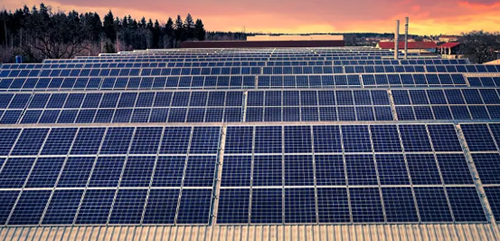
3. Advantages and difficulties of solar power generation in my country
The demand for the development of solar power generation mainly comes from two aspects: satisfying the production and domestic electricity consumption in rural and remote areas and the continuous development of my country’s electric power industry in the 21st century. my country has unique advantages in solar power generation:
(1) Abundant solar energy resources. The annual average sunshine hours of more than 2/3 of my country’s total area is more than 2000h, and the annual average daily radiation is more than 4000MJ/m2, which is better than that of Europe and Japan, and similar to the United States. Such abundant solar energy resources can save the amount of solar cells, which is conducive to the promotion of solar power generation at a lower cost.
(2) The production capacity of solar cells in my country exceeds that of Japan, the United States and Europe, ranking first in the world. In 2007, the output of solar cells in my country was about 1,180 MW. In 2007, my country occupied 6 of the top 16 solar energy manufacturers in the world.
(3) Inverter technology is one of the key technologies for solar power generation. Due to the development of high-power switching devices and the application of inverter technology, my country has made great progress, producing products suitable for photovoltaic grid-connected, high-efficiency, high-reliability High-performance, low-pollution, low-cost inverters become possible.
However, for the rapid development of the solar power generation industry, the following problems must be solved:
(1) The raw materials for the production of solar cells in my country mainly rely on imports, while the vast majority of solar cells and slices are exported. This situation in the processing industry, which is not conducive to industrial development, must be reversed as soon as possible.
(2) The cost of solar power generation is more than 3 yuan per kilowatt-hour, which is much higher than the current 0.5 yuan per kilowatt-hour of residential power grid stores. This is also the negative side of the development of solar power generation.
(3) At present, the photoelectric conversion efficiency of solar cells is relatively low. For example, the photoelectric conversion efficiency of small-sized (1cm2) polycrystalline silicon solar cells is 19.8%, while the photoelectric conversion efficiency of large-sized (1000cm2) polycrystalline silicon solar cells is 12%. The cost of solar power generation must increase the photoelectric conversion efficiency of solar cells.
(4) My country’s solar power generation industry started from independent solar power generation equipment (below 10kW), which is mainly used to solve the residential electricity consumption in remote areas with abundant solar energy resources but no electricity. The commissioning of grid-connected solar power generation equipment with larger capacity (MW level) is one of the ways to reduce costs.
(5) As of 2005, the total installed capacity of wind power in my country is about 1500MW, which is 20 times the total installed capacity of solar power. But the two have different characteristics. In summer, the wind speed is low when the sunshine is sufficient, and the wind speed is weak in winter. Similarly, the wind is small when the sunshine is strong during the day, and the wind is strong when there is no light at night. The integration of solar power and wind power generation is another way to improve power quality and reduce costs. Civil servants’ home
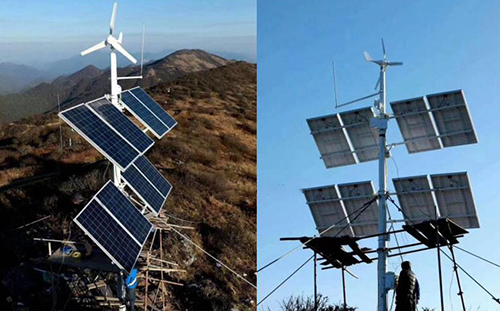
4. Conclusion
The importance of solar power generation to the development of rural and remote areas in my country has been deeply rooted in the hearts of the people, and remarkable achievements have been made. In the near future, the focus of the application should still be to solve the power supply in rural and remote areas. The important role of solar power generation in my country’s power development has also begun to be recognized, and the independent photovoltaic station has begun to demonstrate operation. In the future, relevant work should continue to be strengthened and given greater support. And after more than ten years of continuous efforts, my country has established a good foundation for the research and development of solar power generation, equipment manufacturing and application, and has formulated a development plan until 2010. Actively develop the market, the growth of the optoelectronic market is faster than expected. At the same time, it is also very important to strengthen international exchanges and cooperation.

